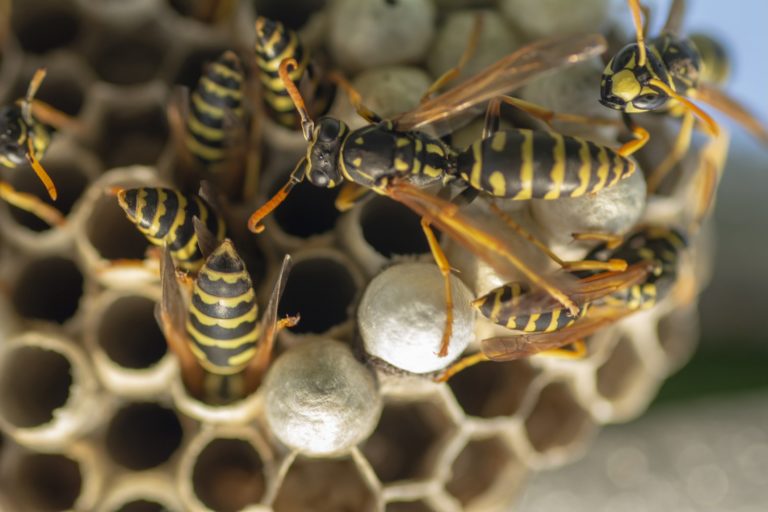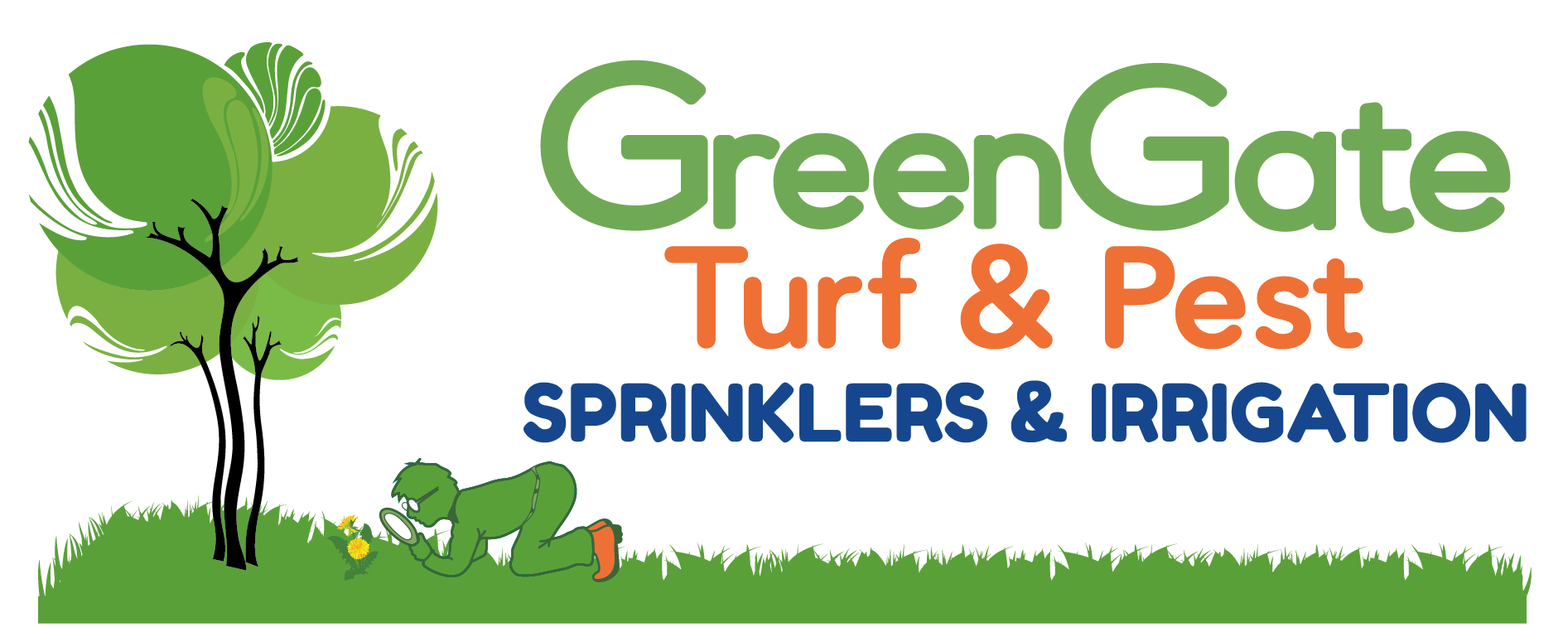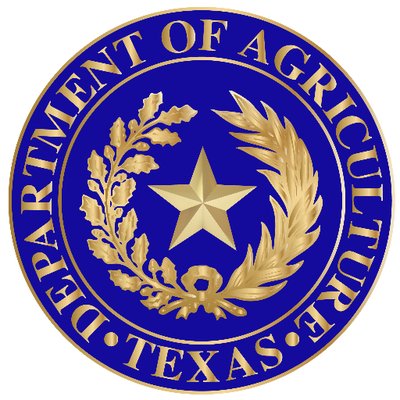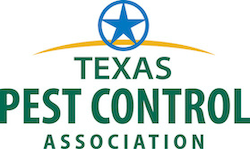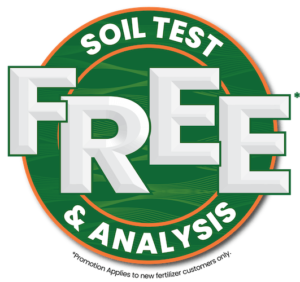Paper Wasps
- Paper wasps are vespid wasps that gather fibers from dead wood and plant stems, which they mix with saliva, and use to construct nests made of gray or brown papery material.
- The name “paper wasps” typically refers to members of the vespid subfamily Polistinae. Colloquially, it often includes members of the subfamilies Vespinae (hornets and yellowjackets) and Stenogastrinae, which also make nests out of paper.
- The nests of most true paper wasps are characterized by having open combs with cells for brood rearing, and a ‘petiole‘, or constricted stalk, that attaches the nest to a branch or other structure. Paper wasps secrete a chemical which repels ants. They then spread the chemical around the base of the anchor to prevent the loss of eggs or brood.
- Nests can be found in sheltered areas, such as the eaves of a house, the branches of a tree, on the end of an open pipe, or on an old clothesline. Some species, such as Ropalidia romandi, will vary their nest architecture depending on where they build their nest.
- The total number of true paper wasps worldwide is about 1100 species, almost half of which can be found in the neotropics.
- Unlike yellowjackets and hornets, which can be very aggressive, polistine paper wasps will generally only attack if they themselves or their nest are threatened. Their territoriality can lead to attacks on people, and their stings are quite painful and – like all venomous animals – can produce a potentially fatal anaphylactic reaction in some individuals.
Most wasps are beneficial in their natural habitat, and are critically important in natural biocontrol. Paper wasps feed on nectar and other insects, including caterpillars, flies, and beetle larvae. Because they are a known pollinator and feed on known garden pests, paper wasps are often considered to be beneficial by gardeners.
References
Wikipedia contributors, ‘Paper wasp’, Wikipedia, The Free Encyclopedia, 18 June 2022, 03:23 UTC, <https://en.wikipedia.org/w/index.php?title=Paper_wasp&oldid=1093668865> [accessed 3 October 2022]
